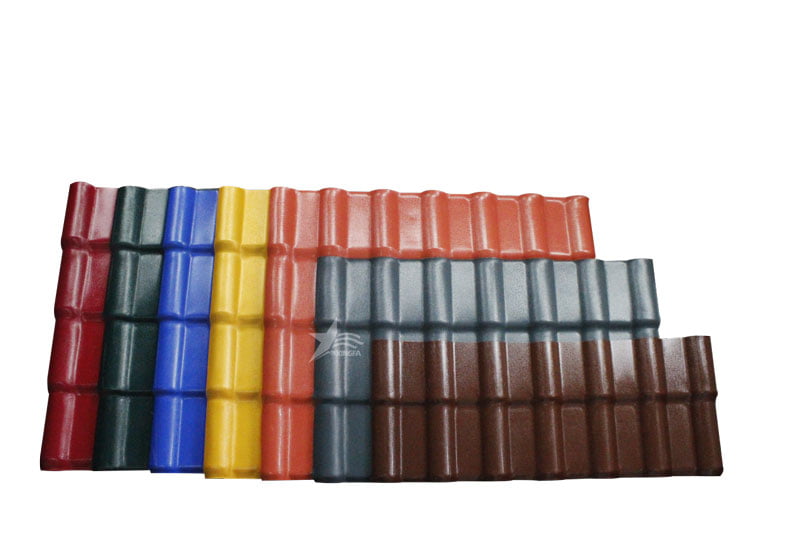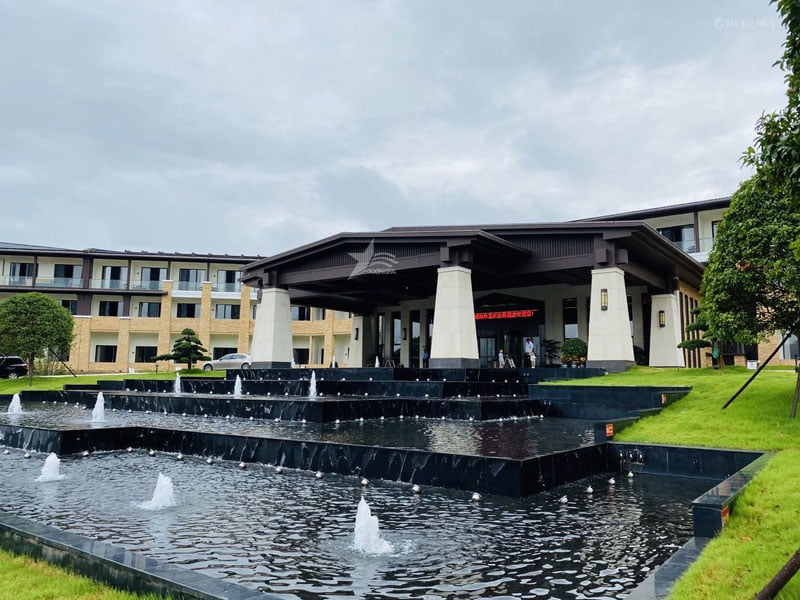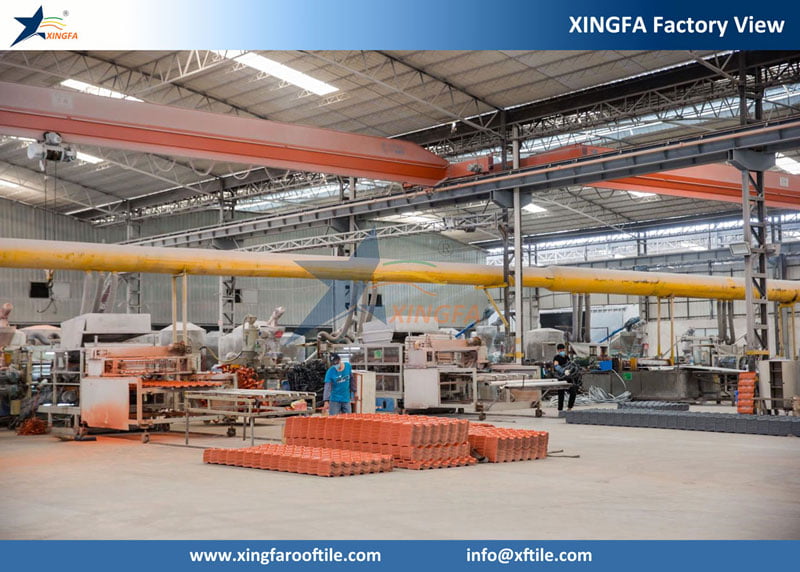In recent years, synthetic resin tiles have become popular in countless households, from urban areas to rural areas, from landscaping projects to housing renovations, from carports to self-built roofs. The beautiful appearance of synthetic resin tiles can be seen everywhere. The fact that synthetic resin tiles are favored by the market undoubtedly indicates their unique advantages. However, they also have fatal flaws. Today, let’s explore them together.

1. It is not suitable for flat and large-span roofs. Synthetic resin tiles are designed in an arc shape, so if the peak height is too low and the roof area is too large, it is prone to excessive water accumulation and roof leakage. Therefore, resin tiles are generally not suitable for roofs with slopes less than 15 degrees or greater than 80 degrees.
2. Poor resistance to high temperature differences. Synthetic resin tiles do not have good resistance to high temperatures. When the temperature exceeds 70 degrees, they are prone to deformation, which affects the aesthetic effect of the roof and is not conducive to waterproofing.

3. Thermal expansion and contraction. Synthetic resin tiles undergo thermal expansion and contraction, and when the temperature drops to minus 30 degrees Celsius, there will be significant changes due to temperature differences (the gap structure between polyvinyl chloride molecules will undergo drastic changes due to temperature differences, that is, thermal expansion and contraction). Therefore, the length of a single synthetic resin tile should not exceed 6.5 meters, and the spacing of the installation grooves should be maintained at around 66cm-75cm to prevent the resin tiles from sagging or bulging due to thermal expansion and contraction, which reduces the waterproofing effect. These are all caused by thermal expansion and contraction.

Therefore, synthetic resin tiles have their outstanding advantages, but they also have their disadvantages. When purchasing, it is necessary to choose according to the actual use environment, in order to transform its disadvantages into advantages and highlight the advantages to the fullest extent.

